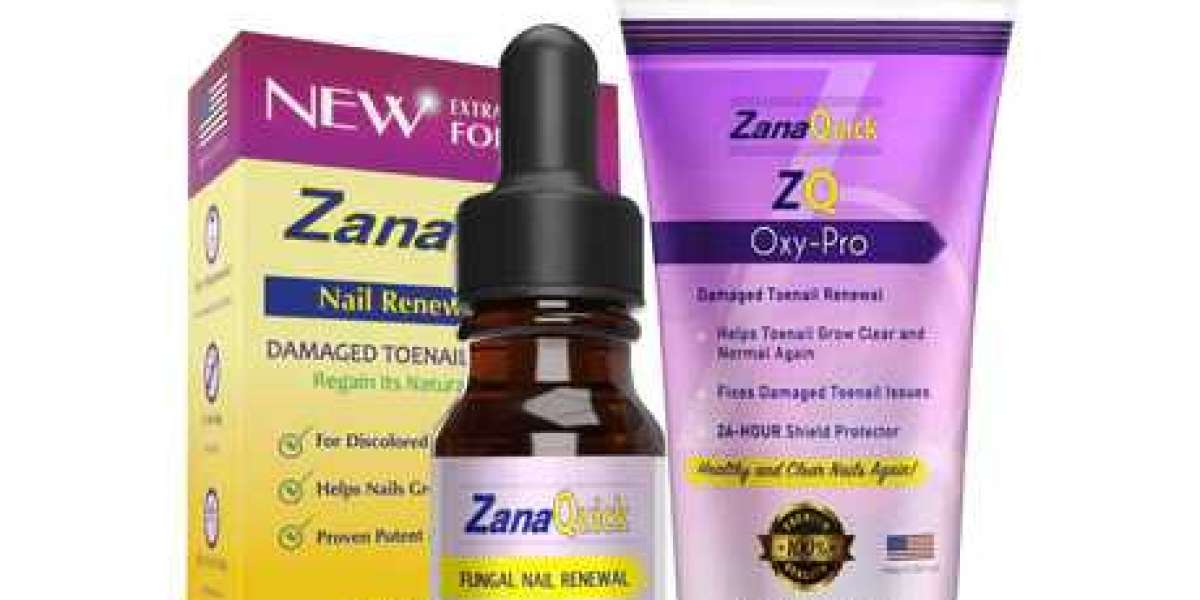Best Over the Counter Nail Fungus Treatment: Your Complete Guide to Healthy Nails
Nail fungus, medically known as onychomycosis, is a common condition that affects millions of people worldwide. It can cause nails to best over the counter nail fungus treatment become discolored, thickened, brittle, and sometimes painful. While prescription treatments are available, many individuals prefer over-the-counter (OTC) options due to their convenience and accessibility. If you’re looking for the best over the counter nail fungus treatment, this guide will walk you through everything you need to know to make an informed decision and reclaim healthy, beautiful nails.
Understanding Nail Fungus
Nail fungus occurs when fungi invade the nail bed or nail plate, often thriving in warm, moist environments. It commonly affects toenails but can also appear on fingernails. The condition tends to develop slowly, and symptoms might initially be subtle, making early treatment crucial.
Some common signs of nail fungus include:
- Yellow, white, or brown discoloration
- Thickened or distorted nails
- Brittle, crumbly edges
- Separation of the nail from the nail bed
- Foul smell in some cases
Without treatment, the infection can worsen and spread, sometimes leading to discomfort or secondary bacterial infections.
Why Choose Over the Counter Nail Fungus Treatments?
Prescription antifungal medications, such as oral terbinafine or itraconazole, can be effective but may cause side effects or require medical supervision. OTC treatments provide an accessible alternative for mild to moderate cases or for those seeking initial treatment before consulting a healthcare professional.
OTC treatments generally include topical solutions like creams, ointments, nail lacquers, and sometimes oral supplements. They are designed to inhibit fungal growth, reduce symptoms, and gradually restore the nail's appearance.
What to Look for in the Best Over the Counter Nail Fungus Treatment
Choosing the right OTC product can be overwhelming given the numerous options available. Here are key factors to consider:
- Active Ingredients: Look for proven antifungal agents such as undecylenic acid, clotrimazole, terbinafine (available OTC in some regions), or tolnaftate. These ingredients work by disrupting the fungal cell membranes or preventing fungal reproduction.
- Formulation: Nail fungus treatments come in various forms, including nail lacquers, creams, gels, and sprays. Nail lacquers are particularly effective because they adhere to the nail and slowly release the medication over time.
- Ease of Use: Consistency is key in treating nail fungus, so choose a product that is easy to apply and fits your lifestyle.
- Duration of Treatment: Nail fungus treatments often require weeks or months of use before visible improvement occurs. Products with clear usage instructions and recommended treatment durations help maintain compliance.
- Safety and Side Effects: Check if the product is safe for sensitive skin and whether it has minimal side effects.
Top Over the Counter Nail Fungus Treatments
Here are some of the most effective OTC options based on their active ingredients and user reviews:
- Undecylenic Acid-Based Treatments: Undecylenic acid is a fatty acid with antifungal properties. It helps inhibit fungal growth on nails and skin. Many OTC treatments contain this ingredient, which is gentle and effective for mild cases.
- Clotrimazole Creams: Clotrimazole is an antifungal commonly used to treat athlete’s foot but also effective for nail fungus. It’s available in creams and sprays and is suitable for infections near the skin surrounding the nails.
- Tolnaftate Solutions: Tolnaftate is effective against a range of fungi and can be found in sprays and creams. It is often used for athlete’s foot but also benefits mild nail fungal infections.
- Medicated Nail Lacquers: Nail lacquers with antifungal agents provide a targeted treatment by coating the nail surface. These products penetrate the nail over time and can be more effective than creams for nail fungus.
How to Maximize the Effectiveness of OTC Nail Fungus Treatments
Using any nail fungus treatment properly is crucial to achieving results. Follow these tips:
- Clean and Dry Nails: Before applying any treatment, thoroughly clean and dry your nails to remove dirt and moisture that can promote fungal growth.
- File and Trim Nails: Filing the infected nail surface can help the medication penetrate deeper. Be careful to sanitize nail files and clippers to avoid spreading the infection.
- Consistent Application: Apply the treatment as directed, usually once or twice daily, for the entire recommended duration.
- Maintain Foot Hygiene: Keep feet clean and dry, wear breathable footwear, and change socks regularly to reduce moisture buildup.
- Avoid Nail Polish and Artificial Nails: These can trap moisture and worsen fungal infections.
When to See a Doctor
If your nail fungus does not improve after several weeks of OTC treatment, worsens, or causes significant discomfort, it’s time to consult a healthcare professional. Prescription oral antifungal medications, laser therapy, or even nail removal might be necessary for severe infections.
Additionally, if you have diabetes, a compromised immune system, or poor circulation, consult a doctor before using any OTC treatments, as fungal infections can lead to complications.
Prevention Tips to Keep Nails Fungus-Free
Preventing nail fungus is easier than treating it. To reduce your risk:
- Keep nails trimmed and clean.
- Wear moisture-wicking socks and breathable shoes.
- Avoid walking barefoot in communal areas like pools, gyms, and locker rooms.
- Disinfect nail tools regularly.
- Choose nail salons with high hygiene standards.
Final Thoughts
The best over the counter nail fungus treatment depends on the severity of the infection and your personal preferences. Topical antifungal agents like undecylenic acid, clotrimazole, and medicated nail lacquers provide effective, convenient options for mild to moderate nail fungus. Patience and consistent treatment are key since nails grow slowly and fungal infections can be stubborn.
By following proper application techniques, practicing good hygiene, and preventing reinfection, you can successfully overcome nail fungus and enjoy healthy, attractive nails once again.











